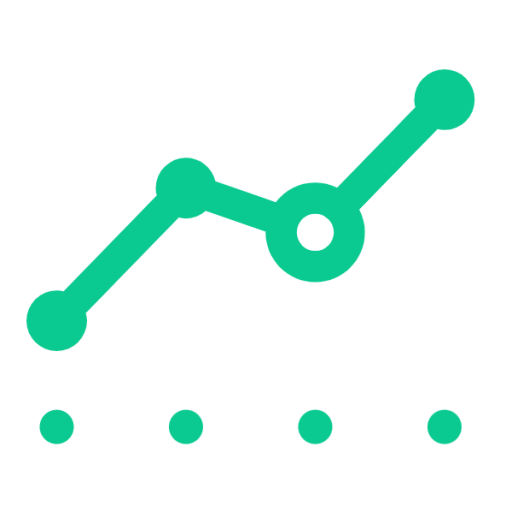3 Smart Places to Park Your Cash Instead of a High-Yield Savings Account
When it comes to saving money, a high-yield savings account (HYSA) used to be the go-to choice for many. The appeal of earning a decent interest rate with minimal risk is hard to resist. However, with changing financial environments, it’s worth considering other options for your cash that may offer better returns or additional benefits. Here, we’ll explore three alternatives to a traditional HYSA that could help you grow your savings more effectively.
1. Series I Savings Bonds
One of the lesser-known gems in the world of saving is the Series I Savings Bond. These bonds are issued by the U.S. Treasury and offer a unique combination of fixed and inflation-adjusted interest rates that can work to your advantage, especially in uncertain economic times.
The beauty of Series I Bonds is that every six months, the interest rate is adjusted based on the current inflation rate, which means that your investment can keep pace with rising prices. Currently, Series I Bonds are offering a competitive return that may outshine the interest rates provided by most HYSAs.
Moreover, the interest earned on these bonds is exempt from state and local taxes, making them an appealing option for many investors. If you hold the bonds for at least five years, you won’t have to pay federal taxes on the earnings until you cash them in. For a safe, inflation-beating investment that encourages saving, Series I Bonds could be your best bet. Find out more here.
2. Certificates of Deposit (CDs)
Another solid option is to consider Certificates of Deposit (CDs). While they might not have the same flexibility as a savings account, they come with a promise: a fixed interest rate for a set term, usually ranging from a few months to several years. The rates on CDs tend to be higher than those you’d find in a standard HYSA, especially if you’re willing to lock your money away for a longer period.
It’s crucial to shop around for the best rates among various banks and credit unions, as rates can differ greatly. Some financial institutions even offer “bump-up” CDs, which let you adjust your interest rate if rates rise during your term. This can be especially beneficial if market rates increase while your money is locked in.
Furthermore, CDs are FDIC insured (up to the applicable limits), which adds an extra layer of security to your investment. If you have money that you can set aside for a specific period, a CD can provide you with a better return than traditional savings accounts.
3. Stock Market Options
If you’re open to a bit more risk in exchange for potentially higher rewards, consider exploring dividend-paying stocks or index funds. While the stock market can be volatile, many companies pay dividends—this means they distribute a portion of their profits to shareholders. By investing in dividend stocks, you can earn regular income while still holding onto your underlying investment.
Index funds are another option worth considering. These funds track a specific market index, like the S&P 500, and provide a way to invest in a diversified portfolio of stocks at a relatively low cost. With the potential for long-term growth, investing in index funds can often yield higher returns compared to a HYSA, especially over extended periods.
While investing in the stock market does come with risks, it’s important to remember that historically, it has provided better returns than traditional savings mechanisms over the long haul. As with any investment, be sure to do your research and consider your risk tolerance before diving in.
Conclusion
While high-yield savings accounts are a safe place to keep your cash, they might not always be the best option, especially in today’s financial landscape. By exploring Series I Savings Bonds, CDs, and stock market investments, you can potentially find better ways to grow your savings. Each option provides unique benefits and risks, so it’s essential to assess what aligns best with your financial goals.
Ultimately, the right choice will depend on your individual circumstances, including how quickly you need access to your cash, your comfort level with risk, and your long-term financial objectives. Make informed decisions and consider diversifying your savings strategy to optimize your financial future.



